Scared of your muscles losing mass on a vegan diet? Well, you don’t have to be! These are the only tips you’ll ever need to keep and even build muscle mass on a vegan diet!
Understanding Muscle Mass and Nutrition

Muscle mass maintenance and growth depend on several factors. The main ones are:
- Protein intake
- Calorie intake
- Resistance training
On a vegan diet, ensuring adequate protein intake can be challenging. But, it is achievable with the right knowledge and food choices.
Protein and Amino Acids
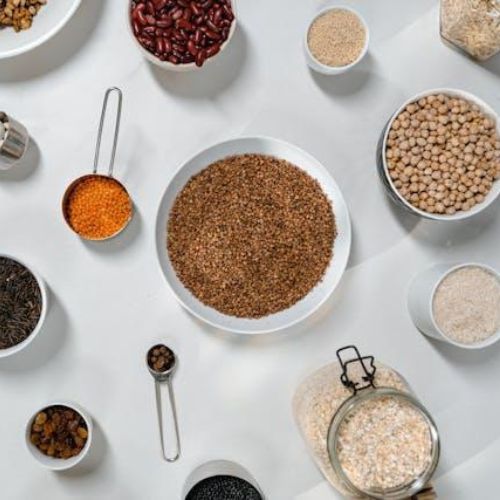
Proteins are like the bricks for our muscles, made from small parts called amino acids. Our bodies need nine special amino acids that we can only get from food.
While animal foods usually have all of these, some plant foods might not. But by eating different plants together, we can still get all the amino acids we need.
Caloric Intake
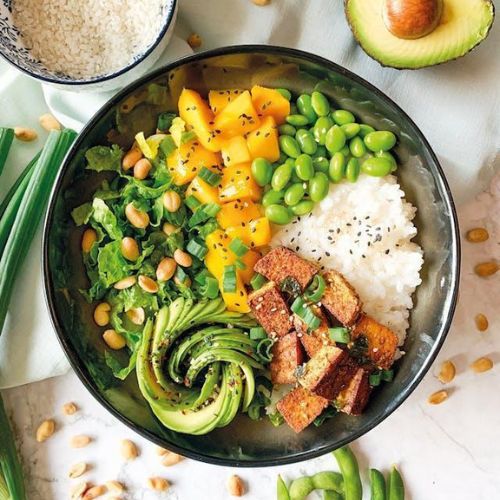
Maintaining muscle mass also requires consuming enough calories to meet your energy needs. On average, men need to consume 2,500 calories, while women need 2,000 calories.
If you consume fewer calories than your body requires, you will start to lose weight; some of this loss could come from muscle tissue.
Read more: How to Avoid Nutritional Deficiencies on a Vegan Diet
Resistance Training

Resistance training helps in muscle mass growth by causing microscopic damage to muscle fibres. These fibres then repair and adapt by increasing size and strength. This process, known as muscle hypertrophy, is stimulated by progressively overloading the muscles with heavier weights or higher resistance over time.
Strategies to Maintain Muscle Mass on a Vegan Diet
These changes can help you maintain healthy muscle mass and overall well-being while pursuing a vegan diet:
1. Prioritise Protein Intake
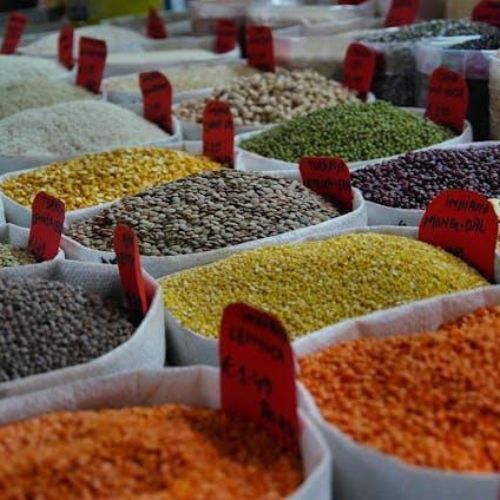
To maintain muscle mass, it is crucial to consume sufficient protein. The recommended dietary allowance (RDA) for protein is about 0.8 to 1 grams per kilogram of your body weight.
On average, 10 to 35% of your total daily calorie value (200 to 700 calories or 50 to 175 grams) should come from protein. But, for those looking to maintain or build muscle, higher intakes are often recommended, typically around 1.2 to 2.2 grams per kilogram of body weight.
Key plant-based protein sources to include:
- Legumes: Beans, lentils, chickpeas and peas are excellent sources of protein.
- Soy products: Tofu, tempeh and edamame are not only high in protein but also contain all essential amino acids.
- Seitan: Made from wheat gluten, seitan is a high-protein meat substitute.
- Nuts and seeds: Almonds, peanuts, chia seeds and hemp seeds provide good amounts of protein and healthy fats.
- Whole grains: Quinoa, buckwheat and farro are protein-rich grains that also offer other essential nutrients.
- Plant-based protein powders: Pea protein, rice protein and hemp protein powders can help you reach your daily protein goals.
2. Ensure a Balanced Amino Acid Profile

Mixing up different plant-based proteins during the day can make sure you get all the important amino acids. For instance, if you have beans with rice, you get all the amino acids your body needs.
Having lots of different protein foods in your diet will take care of your amino acid needs without any fuss.
3. Monitor Caloric Intake
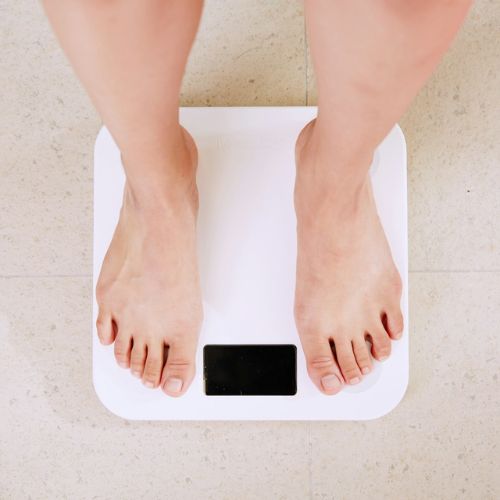
To keep your muscles strong, make sure you eat enough to match how active you are and how fast your body works.
You can use online tools to figure out how many calories you need each day based on things like how old you are, whether you’re male or female, how much you weigh, how tall you are and how much you move around. If you’re very active or do a lot of strength exercises, you’ll need more calories to keep your muscles happy.
Tips to Increase Caloric Intake:
- Eat More Frequently: Have 5-6 smaller meals throughout the day instead of 3 large ones.
- Choose Calorie-Dense Foods: Incorporate nuts, seeds, avocados and healthy oils into your meals.
- Smoothies and Shakes: These can be a convenient way to add calories and protein by blending fruits, vegetables, protein powder and nut butter.
4. Focus on Resistance Training

Exercise, particularly resistance training, is essential for maintaining muscle mass. Weightlifting, bodyweight exercises and resistance bands are effective ways to stimulate muscle growth.
Effective Resistance Training Tips:
- Progressive Overload: Gradually increase the weight or resistance in your exercises to continue challenging your muscles.
- Compound Movements: Focus on exercises that work multiple muscle groups, such as squats, deadlifts, bench presses and pull-ups.
- Consistency: Aim for at least 3-4 resistance training sessions per week.
- Recovery: Allow adequate recovery time for muscles to repair and grow. Ensure you get enough sleep and consider rest days or lighter workout days.
5. Optimise Nutrient Intake
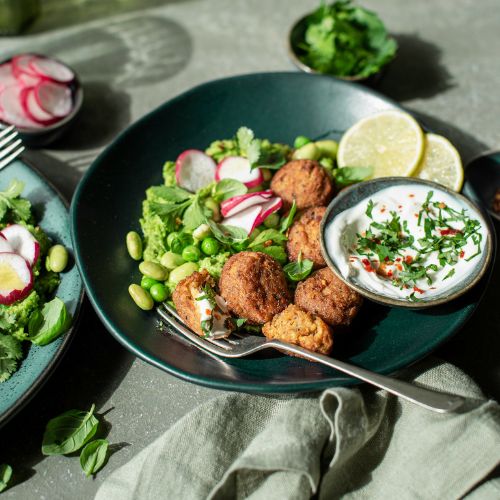
In addition to protein and calories, other nutrients are essential for muscle health and overall well-being. Here are some key nutrients to focus on:
- Vitamin B12: Crucial for nerve function and energy metabolism, B12 is typically found in animal products, so vegans should consider fortified foods or supplements.
- Iron: Plant-based sources of iron include lentils, chickpeas, beans, quinoa and spinach. Consuming vitamin C-rich foods alongside iron-rich foods can enhance absorption.
- Calcium: Essential for bone health, calcium can be found in fortified plant milk, tofu, almonds and leafy green vegetables.
- Vitamin D: Important for bone health and muscle function, vitamin D can be synthesised through sun exposure or obtained from fortified foods or supplements.
- Omega-3 Fatty Acids: Vital for reducing inflammation and supporting muscle recovery, Omega-3s can be found in flaxseeds, chia seeds, hemp seeds and algae-based supplements.
- Zinc: Important for immune function and protein synthesis, good sources of zinc in a vegan diet include beans, lentils, nuts, seeds and whole grains.
- Magnesium: Involved in muscle function and energy production, magnesium-rich foods include nuts, seeds, legumes and leafy green vegetables.
Here’s a sample meal plan for maintaining muscle mass on a vegan diet:
Breakfast
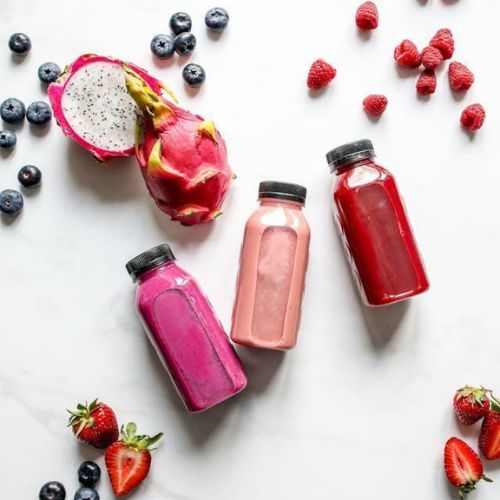
- Smoothie with berries, spinach, almond milk, chia seeds and pea protein powder.
- Alternatively, take whole grain toast with avocado and a protein smoothie with hemp seeds.
Mid-Morning Snack
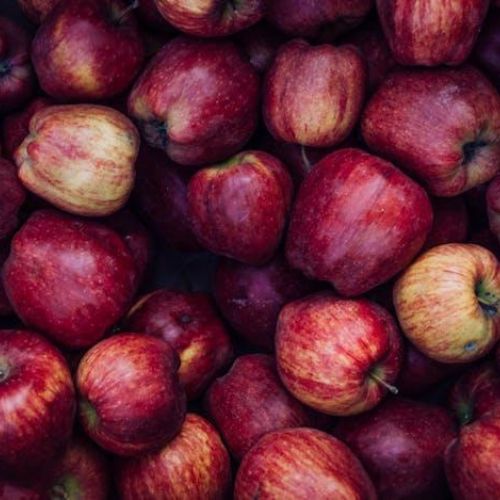
- Apple slices with almond butter.
Lunch
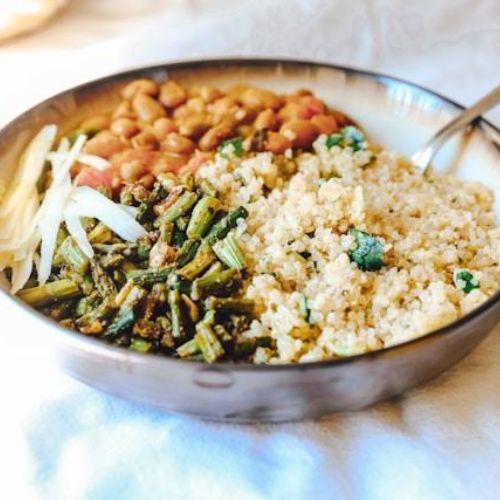
- Quinoa and bean salad with mixed vegetables, avocado and a tahini dressing.
- A side of roasted sweet potatoes.
Afternoon Snack
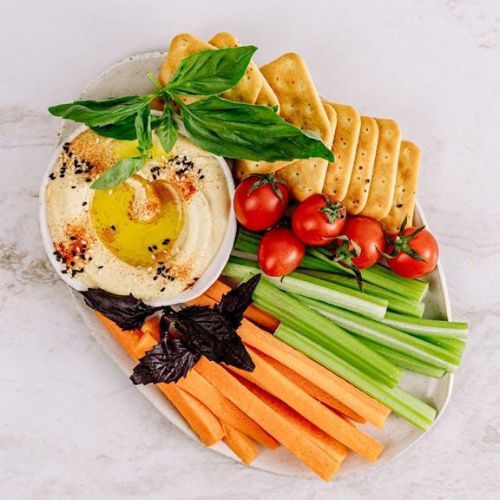
- Hummus with carrot sticks or whole-grain crackers, roasted chickpeas or edamame and tempeh slices
Dinner

- Stir-fried tofu with broccoli, bell peppers and brown rice.
- A mixed green salad with quinoa, black beans, tofu and lentils with a vinaigrette dressing.
Evening Snack
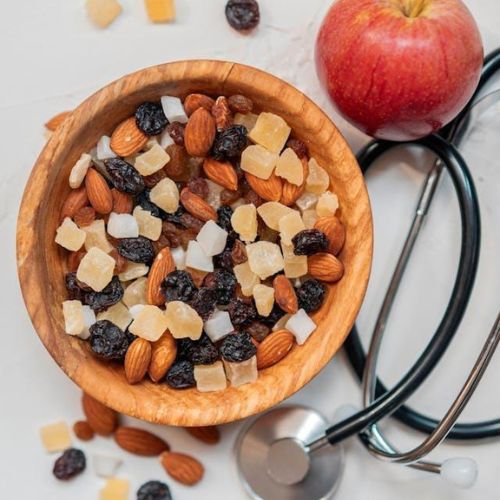
- A handful of mixed nuts and dried fruit.
Conclusion
Maintaining muscle mass on a vegan diet is entirely possible with careful planning and attention to nutrient intake.
With these five tips, you should be equipped to eat optimally, hydrate properly, train effectively and live your best vegan life!

Interesting read! I’ve been trying to balance my protein intake on a vegan diet and it’s great to see the emphasis on resistance training. Never realized how important it was for muscle mass along with nutrition.
In the section about ensuring a balanced amino acid profile, could you provide more specifics on which plant-based foods offer a complete amino acid profile?
Not convinced vegan is the way to go for serious lifting. Proteins from meat seem to be the best for muscle. Change my mind.
Actually, loads of plant-based proteins can support muscle growth just as well. Ever heard of pea protein or soy? They’re pretty good.
Love this! Showing that you can maintain muscle mass while also being environmentally conscious with a vegan diet is a win-win.
While the article brings valuable information, it’s essential to mention the importance of vitamin B12 supplements when following a strict vegan diet. This is crucial for general health, not just muscle mass.
How do you ensure you’re getting enough calories without overdoing it on carbs on a vegan diet? Always find that bit tricky.
Aye, loving the vegan lifestyle tips here. Been looking for ways to keep my gym gains without the meat, gonna try these tips!
It’s all well and good focusing on vegan diets, but without the right balance and understanding of nutrition, people could end up missing out on vital nutrients for muscle maintenance.
Always see articles pushing vegan diets for health. How about a balanced diet including everything in moderation instead? Not everyone wants to go vegan.
This article beautifully outlines how one can maintain muscle mass while adhering to a vegan diet, contributing positively towards environmental sustainability. Well done on highlighting the importance of resistance training in synergy with nutrition.